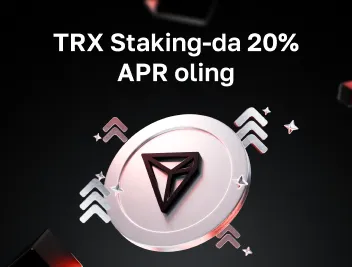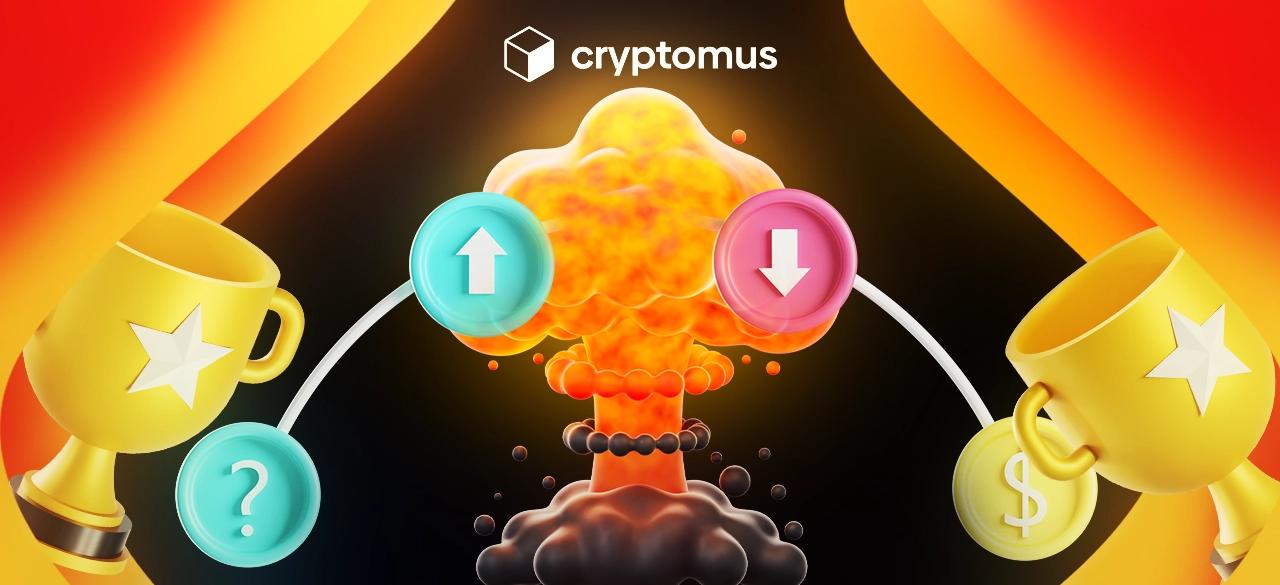
Hyperliquid Nima va U Qanday Ishlaydi?
Hyperliquid DeFi maydonida yangi doimiy almashinuv tizimi bilan e'tibor qozonmoqda, bu esa HyperEVM blokcheynida qurilgan. Bu foydalanuvchilarga asosiy aktivlarga ega bo'lmasdan doimiy kelishuv kontraktlari savdosini amalga oshirish imkonini beradi, bu esa spekulyantlar uchun jozibali variantni yaratadi.
Biroq, o'sishiga qaramay, Hyperliquidning asli tokeni bo'lgan HYPE yaqinda narxining pasayishini ko'rsatdi. Ushbu maqolada Hyperliquid nima ekanligi, uning HYPE tokeni va so'nggi narx o'zgarishlarining sabablarini ko'rib chiqamiz.
Hyperliquid Nima?
Hyperliquid - bu HyperEVM, o'ziga xos tez va past kechikishli savdo uchun mo'ljallangan blokcheyn asosida qurilgan markazlashmagan doimiy almashinuv tizimi. An'anaviy markazlashgan birjalar bilan solishtirganda, Hyperliquid foydalanuvchilarga asosiy aktivlarga ega bo'lmasdan kriptovalyutalar bo'yicha doimiy kelishuv kontraktlarini savdoga chiqarish imkonini beradi. Ushbu model, aktivlarga egallamasdan narxlar harakatiga tikish qilmoqchi bo'lgan spekulyantlar uchun juda qulay.
Platformaning ajralib turadigan xususiyati - bu on-chain buyurtmalar kitobi bo'lib, foydalanuvchilarga aniq, real vaqt savdosini amalga oshirish imkonini beradi. Ushbu tizim markazlashmagan birjalarda (DEX) ko'pincha uchraydigan yuqori kechikish va noeffektiv buyurtmalarni moslashtirish kabi muammolarni hal qiladi, foydalanuvchilarga yanada silliq va ishonchli savdo tajribasini taqdim etadi. Hyperliquidning ushbu texnologiyalarni integratsiyasi, uni markazlashgan va markazlashmagan moliya o'rtasidagi bo'shliqni kamaytirishga yaqinlashtiradi, foydalanuvchilarga ikkala olamning eng yaxshilarini taqdim etadi.
HYPE Tokeni Tushuntirilgan
HYPE tokeni - bu Hyperliquid platformasining asosiy kriptovalyutasi bo'lib, uning operatsiyalarida muhim rol o'ynaydi. 1 milliard tokeni bilan HYPE, HyperEVM blokcheynida boshqaruv, staking va tranzaksiya faoliyatlarida muhim ahamiyatga ega. Token, hamjamiyatning ishtirokini rag'batlantirish uchun mo'ljallangan, uning ta'minotining 70% foydalanuvchilarga taqdim etilgan, ya'ni hamjamiyat platformaning yo'nalishiga katta ta'sir ko'rsatadi.
HYPE token egalari platforma yangilanishlari va o'zgarishlari bo'yicha ovoz berish imkoniyatiga ega bo'lib, bu Hyperliquidning markazlashmagan boshqaruv modelining muhim jihati hisoblanadi. Shuningdek, token staking qilish va mukofotlar olish uchun ishlatilishi mumkin, foydalanuvchilarni tarmoqni xavfsizlashishga yordam berishga undaydi. Hyperliquidda aksariyat tranzaksiyalar gaz to'lovlarisiz amalga oshiriladi, ammo HYPE tokeni ilg'or operatsiyalar uchun, masalan, aqlli shartnomalar bilan o'zaro aloqada bo'lish yoki markazlashmagan ilovalarni (dApp) ishga tushirish uchun talab etiladi.
HYPE tokenining tokenomikasi uning dastlabki muvaffaqiyatiga hissa qo'shdi, chunki airdropdan so'ng talabda keskin o'sish kuzatildi. Hozirda HYPEning umumiy bozor kapitalizatsiyasi bir necha milliard dollarni tashkil qiladi va uning foydaliligi Hyperliquid ekotizimining o'sib borayotgan tizimida kengayishda davom etmoqda.
Hyperliquidning So'nggi Narx O'zgarishlari
Fevralda katta o'sishlarni ko'rgan HYPE tokeni hozirda sezilarli narx pasayishini boshdan kechirmoqda. Hozirda u bir kun ichida 6.22% ga, o'tgan haftada esa 4.59% ga pasayib, $13.58 ga savdoga qo'yilgan. Bu, 2024 yil dekabrida $35.02 gacha ko'tarilib, bir oyda 900% dan ortiq o'sish ko'rsatgan o'zining eng yuqori narxidan keskin pasayishdir.
Ushbu pasayish 27-martdagi JellyJelly (JELLY) tokeni mojarosi bilan bog'liq, chunki Hyperliquid JELLYni narx manipulyatsiyasi hodisasi tufayli listdan chiqarib yuborgan edi. Ushbu qaror ishonch yo'qotilishiga olib keldi, ko'plab savdogarlar aktivlarini Hyperliquiddan olib chiqib ketdi, natijada HYPE narxi yana pasaydi.
Bu qaror kripto hamjamiyatini ikki tomonlama bo'lib tashladi. Ba'zilar savdogarning harakati DeFi tizimidagi tabiiy xavflardan biri deb hisoblashadi, boshqalar esa platforma likvidlik ta'minlovchilarini himoya qilishga harakat qilgan deb o'ylashadi. Ushbu hodisa platformaning shaffofligi va markazlashmasligini haqidagi tashvishlarni oshirib yubordi, ko'plar bunday qarorlar foydalanuvchilarning ishonchini xavf ostiga qo'yishi mumkinmi, deb savol berishmoqda.
Mojaro birjada va HYPE tokenida sezilarli ta'sir ko'rsatdi, hozirda u $35.02 dan 61% ga pasaygan. Gracy Chen kabi sanoat vakillari Hyperliquidning javobini tanqid qilib, uni FTXning qulashiga o'xshatishdi va "pishmagan" va "noprofessional" deb atashdi. Natijada, ko'plab savdogarlar shaffofligi yuqori bo'lgan boshqa DEXlarga o'tishmoqda, bu esa Hyperliquidning kelajagini noaniq qiladi, chunki u foydalanuvchi ishonchini tiklashda qiynalmoqda.
Xulosa
Shu bilan birga, Hyperliquid hali yosh, va uning kelajagi asosan shaffoflik va markazlashish potentsiali bo'yicha xavotirlarni qanday hal qilishi bilan bog'liq. Hamjamiyatning ovozi, platformaning yo'nalishini belgilashda avvalgidan ham muhimroq bo'ladi.
Agar Hyperliquid bu muammolarni yengib o'ta olsa va tezkor, shaffof savdo va'dasini bajarishda davom etsa, u markazlashmagan moliyadan eng yaxshilarini izlayotgan savdogarlarning e'tiborini jalb qilishda davom etishi mumkin.
Maqolaga baho bering








Izohlar
0
Fikr qoldirish uchun tizimga kirgan bo'lishingiz kerak